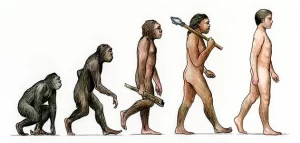In the theory of relativity, time and space are treated as a single concept known as space-time. This means that time is not a constant, unchanging quantity, but rather it is affected by the relative motion of objects and the presence of gravitational fields. According to the theory of relativity, the laws of physics are the same for all observers, regardless of their relative motion. However, the way that time and space are experienced by different observers can be different, depending on their relative motion and the presence of gravitational fields.
One of the most famous predictions of the theory of relativity is the phenomenon of time dilation, which occurs when an object is moving at a high-speed relative to an observer. In this situation, time appears to pass more slowly for the object that is moving than it does for the observer. This effect has been confirmed by experiments, and it has important implications for the way we understand the nature of time and the universe.
Another prediction of the theory of relativity is the phenomenon of gravitational time dilation, which occurs in the presence of a strong gravitational field. In this situation, time appears to pass more quickly for objects that are further away from the source of the gravitational field than it does for objects that are closer to the source. This effect has also been confirmed by experiments, and it has important implications for the way we understand the behavior of objects in the universe.
What is time dilation?
Time dilation is the phenomenon where time appears to pass at different rates for objects in different states of motion. This effect is predicted by the theory of relativity and has been confirmed by experiments. According to this theory, time moves slower for objects that are moving at a high speed relative to an observer, and it moves faster for objects that are in a strong gravitational field. For example, an object moving near the speed of light will experience time dilation, so that to an outside observer, time appears to be passing more slowly for the object than it would if it were stationary. This phenomenon has important consequences for the way we understand the nature of time and the universe.







